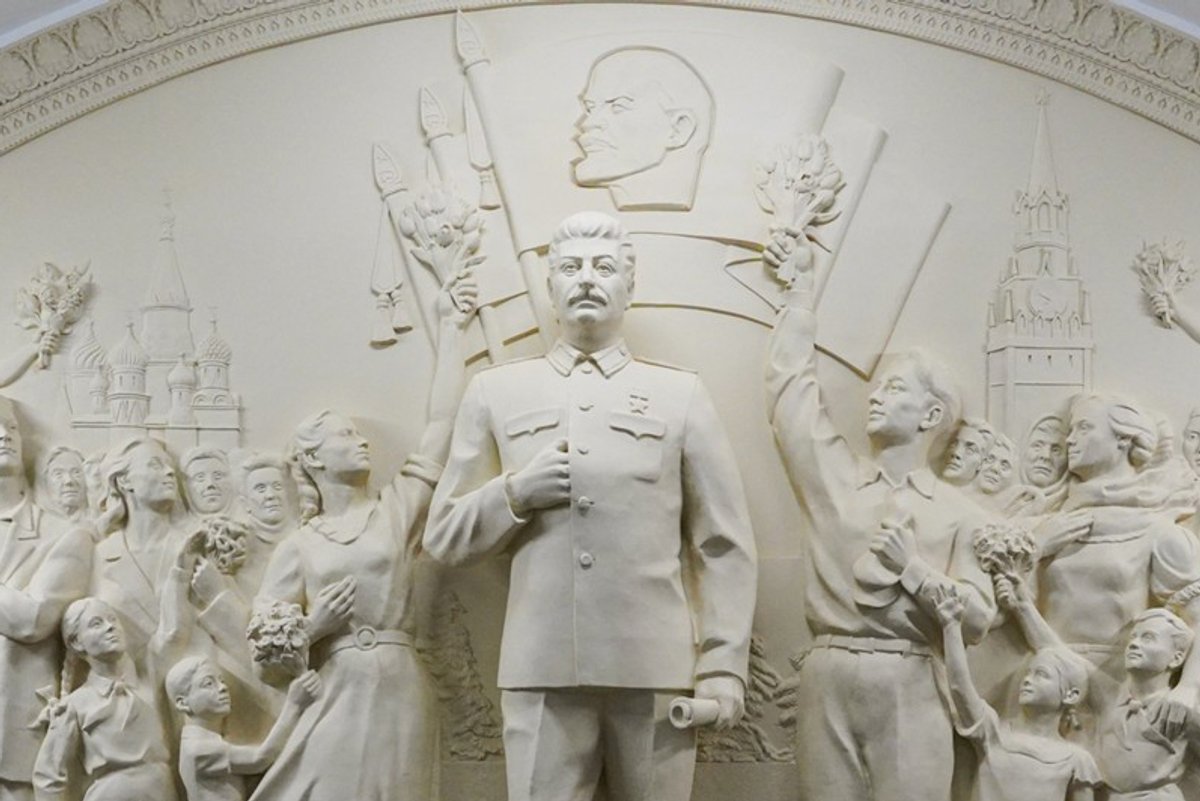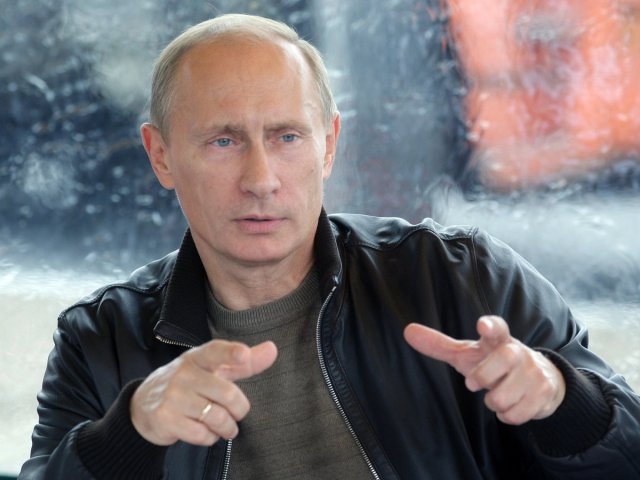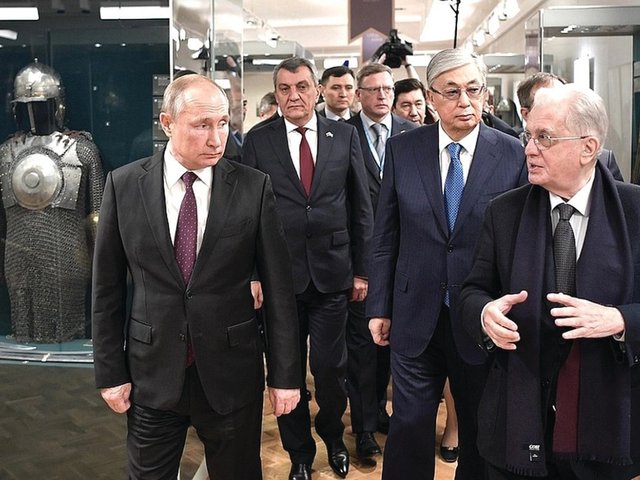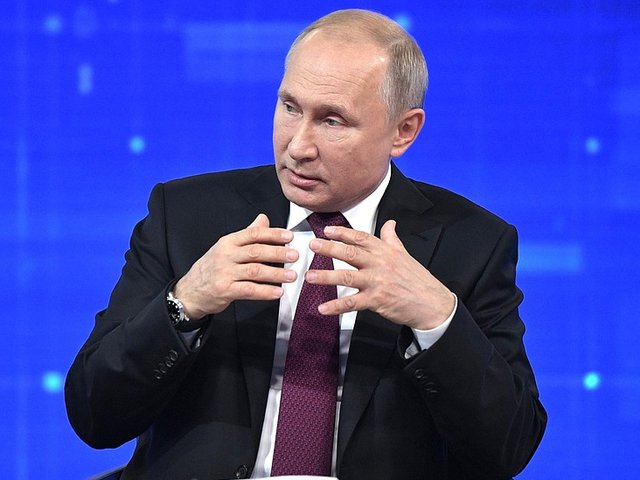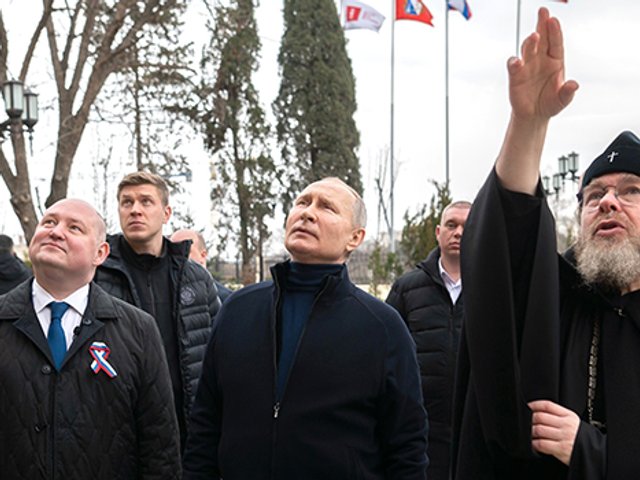A full-length sculptural relief of the Soviet dictator Joseph Stalin appeared last week in Moscow’s Taganskaya metro station, as part of what have been described as efforts to restore original designs. Visitors have since laid flowers at the site, beneath the likeness of the leader who was responsible for millions of deaths.
Russia's arts and heritage professionals have, however, cast doubt on the quality of the work. And, as Russia intensifies its attacks on Ukraine, have questioned its meaning as a symbol of President Vladimir Putin’s rule.
The Moscow Metro, which was launched in 1935 under Stalin, announced the relief as an exact copy of an original made in 1950 on 15 May. It was presented as a gift to passengers to mark the metro system’s 90th birthday.
However, the art historian Elizaveta Likhacheva took to her Telegram channel to criticise the work. Likhacheva, who was ousted earlier this year as director of Moscow’s Pushkin State Museum of Fine Arts, described the sculpture as a “poorly-made 3D-printed” copy, which has been “crudely painted to look like glazed porcelain”.
The sculptural composition, which depicts a youthful Stalin against the background of St. Basil’s Cathedral on Red Square and the Kremlin’s Spasskaya Tower, was originally named Gratitude of the people to the leader-commander or Stalin and the youth. It was made of plaster by the sculptors Yevgenia Blinova and Pavel Balandin for Taganskaya station’s opening in 1950, and included depictions of four cities—Leningrad, Stalingrad, Sevastopol and Odesa—which Stalin designated as “hero cities” for their role in the Second World War.
In 1955 the sculpture was replaced by a variation made from majolica. Stalin was then removed from the composition in the late 1950s during the period of de-Stalinisation under the rule of Nikita Khrushchev. The rest of the work disappeared after reconstruction of the station in 1966.
According to Russian media reports, as of 2023 there were 110 monuments to Stalin around the country, with 95 installed under Putin, including some during the past two years. A bust of Stalin was unveiled in Melitopol in the Russian-occupied Zaporizhzhia region of Ukraine on the 9 May Victory Day holiday. In 2009, words of praise to Stalin were restored at the Kurskaya metro station, which is the next stop after Taganskaya.
Located between Kurskaya and Taganskaya, the Sakharov Center documented Stalin’s crimes, alongside the human rights abuses of which Russia has been regularly accused under Putin’s rule, until it was shut down by court order in 2023. The organisation, named after the late dissident physicist Andrei Sakharov, managed to transport its collection and archives out of Russia. It continues its advocacy in exile.
The museum’s director, Sergei Lukashevsky, left Russia after its full-scale invasion of Ukraine in February 2022. He was sentenced in absentia last year to eight years in prison for spreading “fakes”—or false information—about the Russian military.
Speaking from exile in Berlin, he tells The Art Newspaper that the resurfacing of Stalin in the metro “is undoubtedly yet another insult to the memory of the millions of victims of his terrible rule” and part of the Putin regime’s battle against memory.
“The regime needs symbolic props that glorify the state and its power, and not the living memory of people and their history,” he says. “It will be much easier to remove the sculpture from Taganskaya station than to root out the inhumanity, cruelty and tyranny that the current regime has once again made the basis of power in Russia.”


